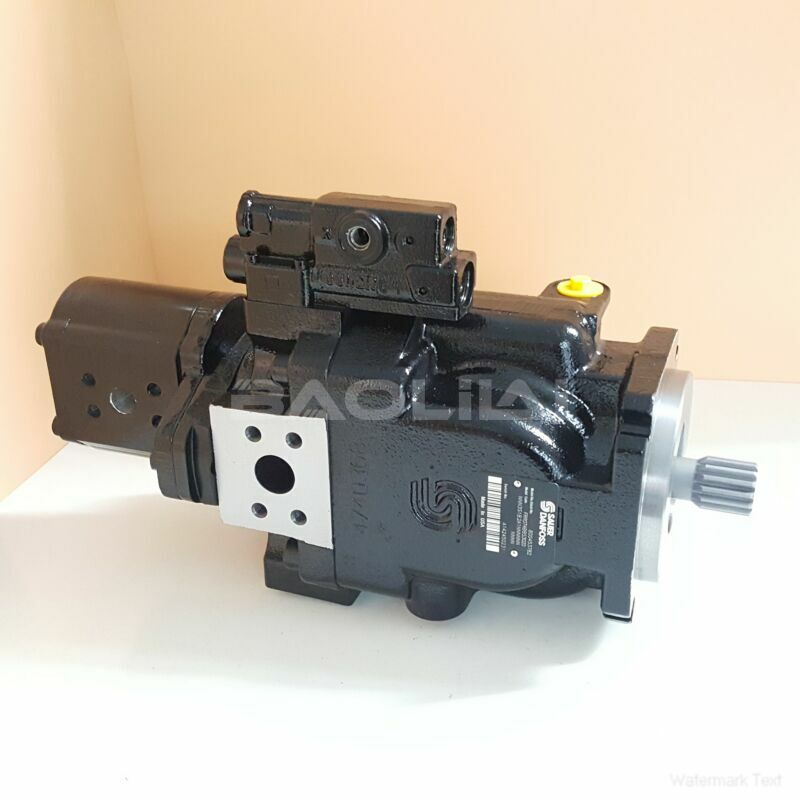FRR090CLS1320NNN3S1B2A1NNNNNNNNNN high pressure pump
FRR090CLS1320NNN3S1B2A1NNNNNNNNNN high pressure pump

- Product Details
- Applicable Scene
Hydraulic fracturing, often referred to as fracking, is a technique used to extract natural gas and oil from underground reservoirs. This process involves injecting liquid at high pressure into subterranean rock formations, creating fractures that allow hydrocarbons to flow more freely. One critical component of this technology is the high-pressure piston pump, which plays a vital role in generating the necessary pressure to drive the fracturing fluids into the rock.
FR-R-090C-LS-13-20-NN-N-3-S1B2-A1N-NNN-NNN-NNN
FRR090CLS1320NNN3S1B2A1NNNNNNNNNN
High-pressure piston pumps are preferred in hydraulic fracturing operations due to their ability to deliver precise, controllable, and consistent flow rates under high pressure. Unlike other types of pumps, piston pumps use a reciprocating motion to create a strong flow of fluid, allowing them to handle the high viscosity of fracturing fluids, which often contain a mixture of water, sand, and chemical additives. This capability is essential for overcoming the frictional resistance encountered as fluids move through pipes and into the wellbore.

83034274
One of the primary advantages of high-pressure piston pumps is their efficiency. These pumps can maintain high pressure over extended periods, which is critical for the continuous operation of hydraulic fracturing processes. This efficiency not only enhances the overall productivity of fracking operations but also helps to reduce the energy consumption necessary for the process. Furthermore, the design of piston pumps enables them to handle a wide range of fluid compositions, ensuring that they can be used effectively depending on site-specific conditions.
Moreover, high-pressure piston pumps contribute to the safety of hydraulic fracturing operations. The mechanical design of these pumps includes safety features that help prevent system failures and leaks, which can be detrimental to both human health and the environment. The ability to control and monitor pressure levels also means that operators can quickly respond to fluctuations or unexpected changes in the system, thereby minimizing potential risks associated with high-pressure operations.





